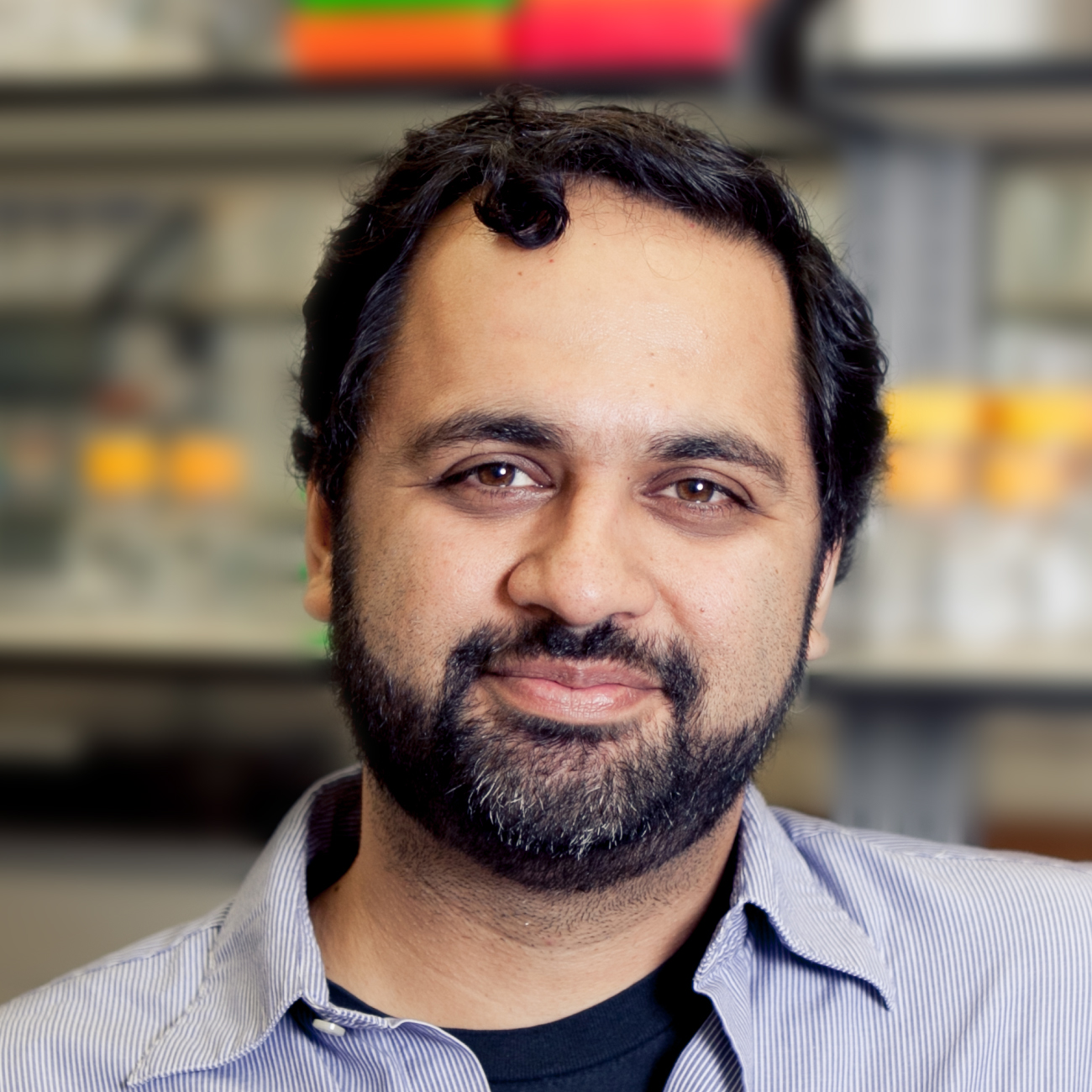Current Courses
BIOL-GA 1007: Programming for Biologists (graduate) Fall 2009 – 2016, 2020 – Present
- Role: Instructor of Record
- Objective: The course is designed to teach the fundamentals of computer programming to biology students with little or no previous programming experience.
- This course is taught using Python
- Students learn data structures, control structures, IO and package management.
- The following modules are also introduced: numpy, scipy, pandas, sklearn, matplotlib, seaborn, plotnine, regex, biopython.
BIOL-GA 1009: Biological Databases and Data-mining (graduate) Spring 2012 – Present
- Role: Instructor of Record
- Objective: The course is designed to introduce students to the different types of genomic data that are available and how to save, query, and analyze them.
- Students learn basics of relational databases and SQL queries using MySQL and SQLite.
- Students learn basic R (a statistical programming language) and analyze data using common machine-learning methods using packages available in R.
BIOL-GA 1130: Applied Genomics (graduate) Fall 2009 – 2011, Spring 2015 – Present
- Role: Co-instructor
- Objective: The course aims to provide a comprehensive introduction to the analysis of next-generation sequencing data.
- Students are expected to learn Linux and write shell scripts to submit jobs on the HPC.
- Students are expected to know Statistics so they can analyze their data in R.
- The final project requires students analyze a next-generation sequencing dataset starting from its raw form. They start by downloading sequences from public repositories or obtaining sequences from their research labs, performing quality control, alignments and also use software packages suited for their analysis. Finally the groups are expected to present the Biological insight they obtained from their analysis.
BIOL-GA 2030: Statistics in Biology (graduate) Fall 2012 – Fall 2014, Fall 2017-Present
- Role: Co-instructor
- Objective: The course aims to provide a comprehensive introduction to the different fundamental statistical methods in Biology.
- Students are taught R and introduced to Bioconductor packages to analyze genomic data.
BI-GY 7633: Transcriptomics (online graduate) Fall 2016 – Present
- Role: Instructor
- Objective: This online course covers techniques, current topics, and technology of transcriptomics:
- Microarray and RNA-seq analysis will be discussed and analyzed using the R programming language
- Students will be expected to analyze a publicly available dataset and present their results to the rest of the class
BI-GY 7453: Algorithms and Datastructures in Bioinformatics (online graduate) Fall 2021 – Present
- Role: Instructor
- Objective: This online course is aimed at developing a practical understanding of computational algorithms applied to genomics and life sciences. Students learn how to implement the algorithms using Python programming language.
BI-GY 7743: Machine Learning and Data Science for Bioinformatics (online graduate) Spring 2020 – Spring 2021, Spring 2023- Present
- Role: Instructor
- Objective: This online course is aimed at developing practical machine learning and econometric (time series) skills with applications to biological data. The course will use examples from bioinformatics application areas throughout and will emphasize translational aspects. The analysis will be done using Python programming.
Old courses
BIOL-UA 103: Bioinformatics in Medicine and Biology (undergraduate) Fall 2011 – Fall 2023
- Role: Instructor of Record
- Objective: The course is designed to introduce students to bioinformatics using the statistical programming language R.
- Students learn how to analyze both genomic and medical data.
- Students are introduced to some basic concepts in Statistics in order to interpret and analyze the different types of data.
BIOL-UA 124: Fundamentals of Bioinformatics (undergraduate) Spring 2013 – Spring 2019
- Role: Instructor of Record
- Objective: The course is designed to introduce students to the different areas of Bioinformatics and how they apply them to Biology and Genomics.
- Students are introduced to Bioinformatics tools available online, for example, BLAST for sequence alignment, ClustalW for multiple sequence alignments, and Genscan for gene prediction.
BIOL-GA 1001: Bio Core I (Genome Structure and Function Module) Fall 2010 – Fall 2014
- Role: Co-instructor with team of Faculty
- Objective: The aim of the course is to review fundamental concepts in biology for incoming PhD and Masters students in the Biology department.
- In my module, students learn about sequencing technology, sequencing strategies, genome annotation methods, high throughput transcriptome and proteome techniques, analyzing transcriptome data, and basic systems biology.
BIOL-UA 38: Genome Biology (undergraduate) Spring 2009 – Spring 2015
- Role: Co-instructor
- Objective: This course introduces students to many different aspects of Bioinformatics and Genomics.
- The course includes two lectures and one recitation per week.
- In the lecture component, students learn about different aspects of genomics, including principles of sequencing technology, sequence alignment, phylogenomics, population genomics, transcriptomics, epigenomics, proteomics, networks, metagenomics, the microbiome, plant genomics, personalized medicine, and ethical issues concerning genomics.
- The course emphasizes how these different areas relate to problems in human health.
- The course includes guest lecturers who introduce students to a particular area of genomics and discuss their own research in their field of expertise.
- In the recitation, students learn how to read primary research articles from the literature in the different areas introduced in the lecture.
Bioinformatics support:
- BIOL-GA 2015: Genomics and Public Health Spring 2013 – Present
- BIOL-UA 031: At the Bench: Genetics and Genomics Spring 2013 – 2016
- Provided Bioinformatics support for the following courses. The support included processing, aligning, and formatting next-generation sequence data to be visualized in their respective genomes.
- Gave introductory lectures on sequence alignments, snp analysis, and sequence visualization when possible.
